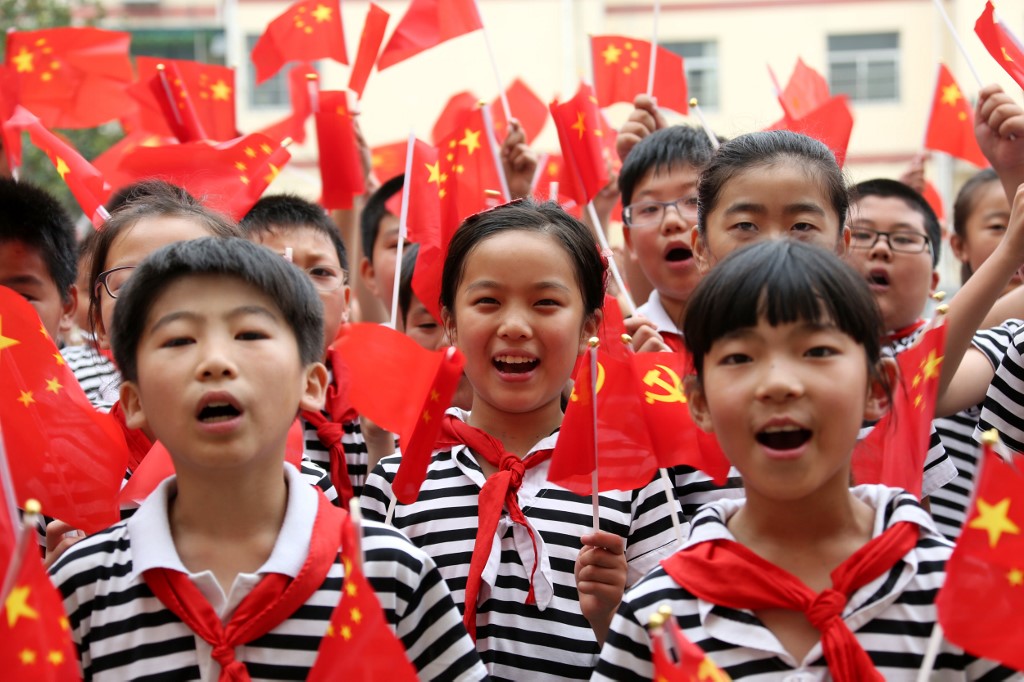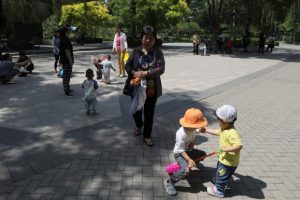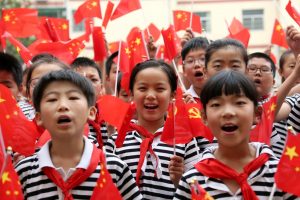The pessimism over China’s increasingly ageing society might be unwarranted, according to an HSBC strategist who believes the demographic shift in the world’s most populous country could have its upsides.
Worries over an ageing population do not consider the fact that China’s labour force participation is changing, Herald van der Linde, Asia Pacific head of equity strategy at HSBC Global Research, said.
“And not every working person is equally productive,” he added. “In China, younger workers that recently enter the workforce are much better educated than those who recently retired.”
That means they tend to be much healthier as well and as such they are likely to be much more productive.
“Thus, this replacement of older lower-educated cohorts by younger ones who are much more educated has the potential to offset many of the negative consequences of population ageing,” van der Linde said.
Maximise Potential
The HSBC strategist said the key is to maximise potential of all citizens instead of trying to get more of them.
“Policies should aim to ensure that people can be as productive as possible and work in decent employment as long as they are able to, and are not forced to stop working at some arbitrary pension age,” he added.
China’s birthrate has been falling for some years, official data show. There are now just over seven babies per 100 people in China, a record low. China’s fertility rate – the number of babies per female – is now 1.3, below levels seen in Japan, which is affected by population decline, and below the replacement rate of 2.1.
While some point the finger to women that marry later and want to have fewer babies, this trend of lower fertility rates is seen around Asia and intricately linked to processes such as urbanisation and female empowerment, van der Linde noted.
But as elsewhere, the declining birthrates have raised speculations that population decline and ageing could threaten the country’s growth and future prosperity.
Strong Evidence
“It also has an impact on how countries see themselves in a global context – remember that by 2024 or 2025, India will overtake China as the most populous nation,” van der Linde said.
He noted that there is strong evidence that a one-child norm has developed in China, “which should be hardly surprising after decades of enforcement and messaging about the virtues of small families”.
To deal with falling birth numbers and ageing, China has already introduced a three-child policy and some local governments have begun introducing incentives for larger families.
“But it is clear that the appetite for larger households with three or more children is muted,” van der Linde said.
“Among the middle class, the high direct costs of childbearing, and especially of extracurricular education, is often mentioned. Maybe we should take these demographic issues into consideration.”
- George Russell
READ MORE:
China central bank paper calls for liberalisation of childbirth
Debenture Prices for Hong Kong Schools Plunge – SCMP
Two Chinese Companies to Build 1,000 Schools in Iraq























